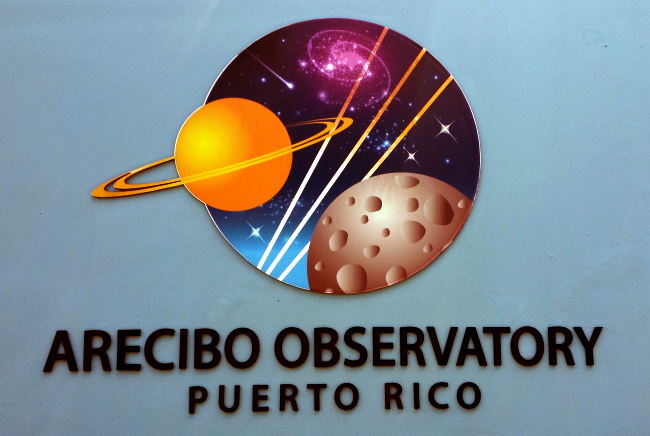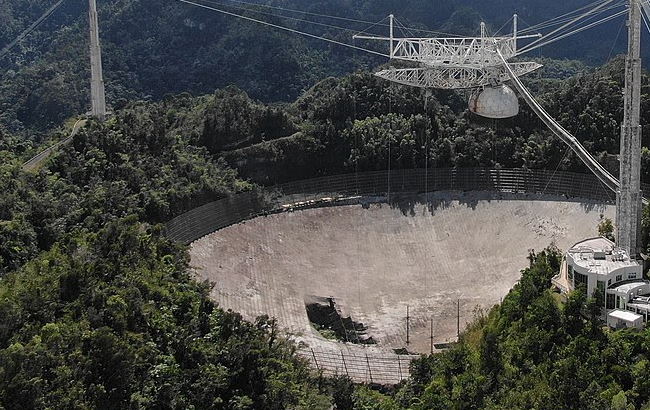Arecibo telescope collapses
After struggling with two cable crashes in August and November of this year, then a plan to be decommissioned by the U.S. National Science Foundation, the Arecibo observatory finally gave in and collapsed on the first of December leaving the astronomy community in shock and grief. The observatory collapsed naturally without any interference from crew on site, and it took place early morning at 8 a.m. Puerto Rico time. It was reported that no individuals were hurt during the incident.

Arecibo has been active since the year 1963, and it was originally the idea of Cornell professor William E. Gordon to further study Earth’s ionosphere. The observatory is a huge spherical 305-meter dish with an area of more than 80 thousands m2 (twenty acres). Arecibo’s grand size makes it a very sensitive instrument that gives astronomers the chance to observe fainter and farther signals as well as a diverse range of astronomical objects.
The Arecibo observatory worked in the band from 50 megahertz up to 10,000 megahertz and was a pioneer in the field of radio astronomy. Many firsts have been observed with the help of Arecibo, for example it was used to discover the first ever observed pulsar in the millisecond range. It was also the telescope used to discover the first repeating FRB (Fast Radio Bursts). In addition to all the big discoveries, Arecibo also participated in regular monitoring of the Sun and the solar weather/wind, the study of planets and asteroids and Low Earth Objects (LEOs).

Regardless of the immense damage to Arecibo, it might not be the end of the historic observatory; as many astronomers and space lovers have come together and created a petition to raise funds required to rebuild the observatory loved and cherished by many.